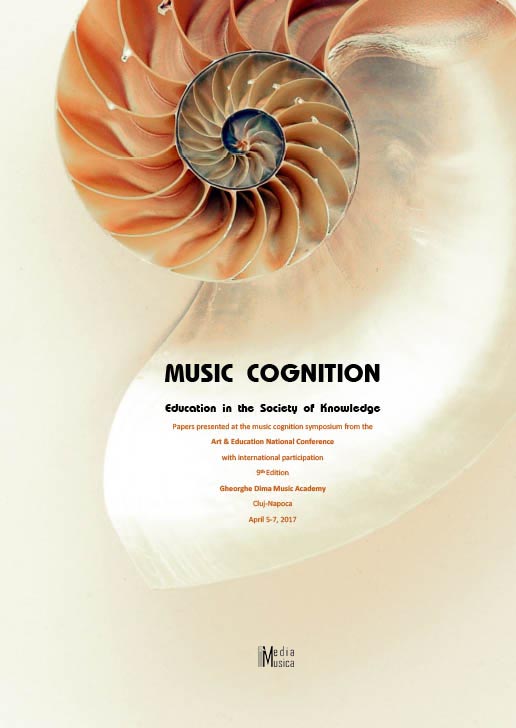Sound-To-Color Synesthesia and Its Influence on the Level of Emotion
Sound-To-Color Synesthesia and Its Influence on the Level of Emotion
Author(s): Stela Drăgulin, Constantin Fulvia AncaSubject(s): Music, Cognitive Psychology, Comparative Psychology, Neuropsychology
Published by: MediaMusica
Keywords: Color; chromesthesia; emotion; music; synesthesia; therapy
Summary/Abstract: Synesthesia is long researched and debated. Some people report seeing colors and/or lights when they hear certain keys or notes in music or when they listen to or play instruments. Among those there are many musicians such as Franz Liszt, Itzhak Perlman, Duke Ellington, Leonard Bernstein, Jean Sibelius and Olivier Messiaen. Moreover, musicians who are also composers explained that writing music is like producing images based on colors, their mixture and shades. Researchers on synesthesia are divided: on one hand, they have views pointing out the existence of synesthetic perception and diverse possibilities to be aware of it, on the other hand they present assumptions based on case observations that are rejected scientifically. In this paper we form an opinion in favor of sound-to-color synesthesia based on two directions of research. First, we show that music can bring out colored patterns or simply colors mentioning that the colors chosen are not always constant over time, and they are not identical from one individual to another. Second, listening to music influences the level of emotion, attention and relaxation, their frequency being translated in colors of brainwave frequency bands.
Journal: Cogniție Muzicală
- Issue Year: 1/2017
- Issue No: 1
- Page Range: 53-58
- Page Count: 6
- Language: English

